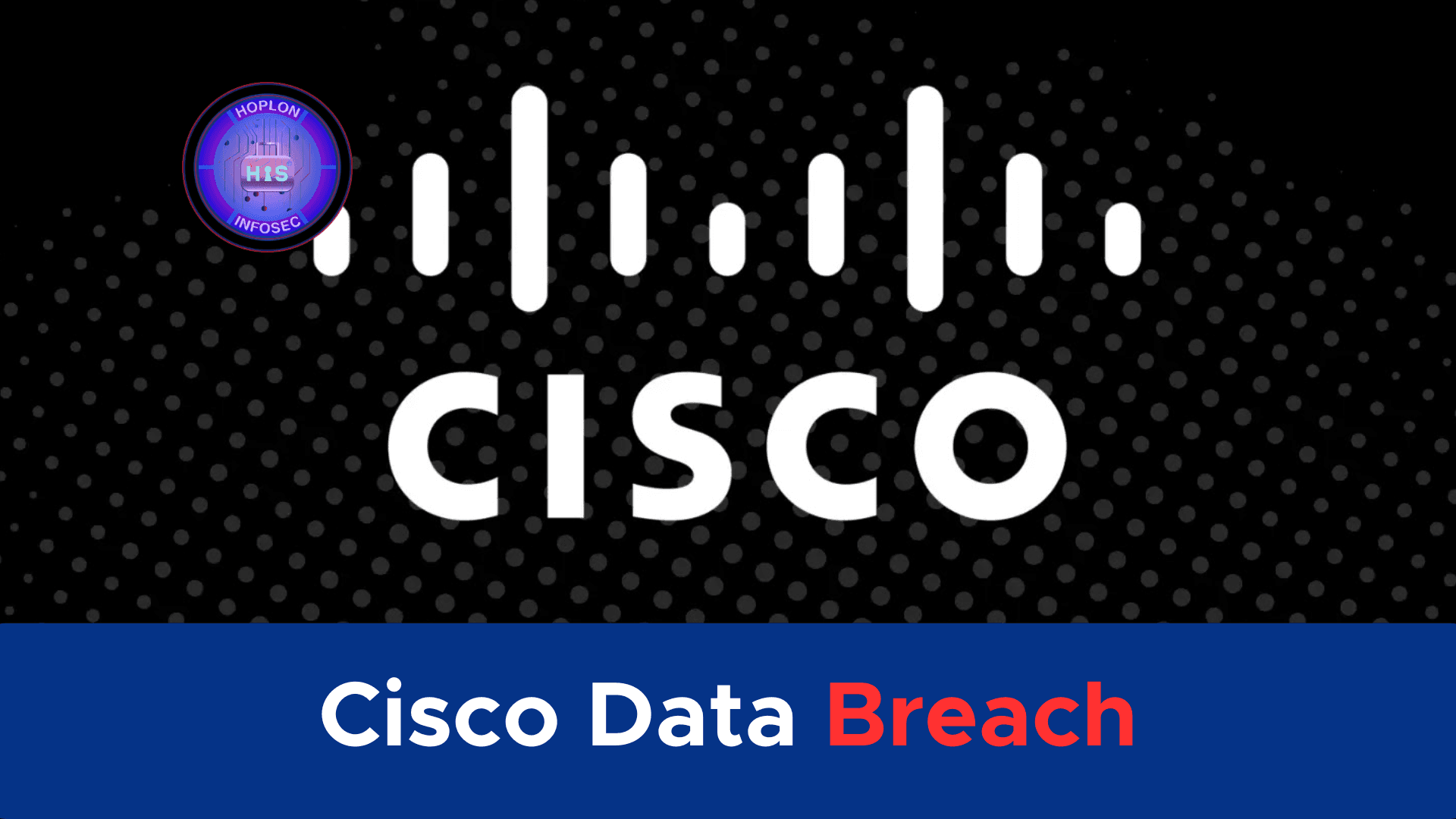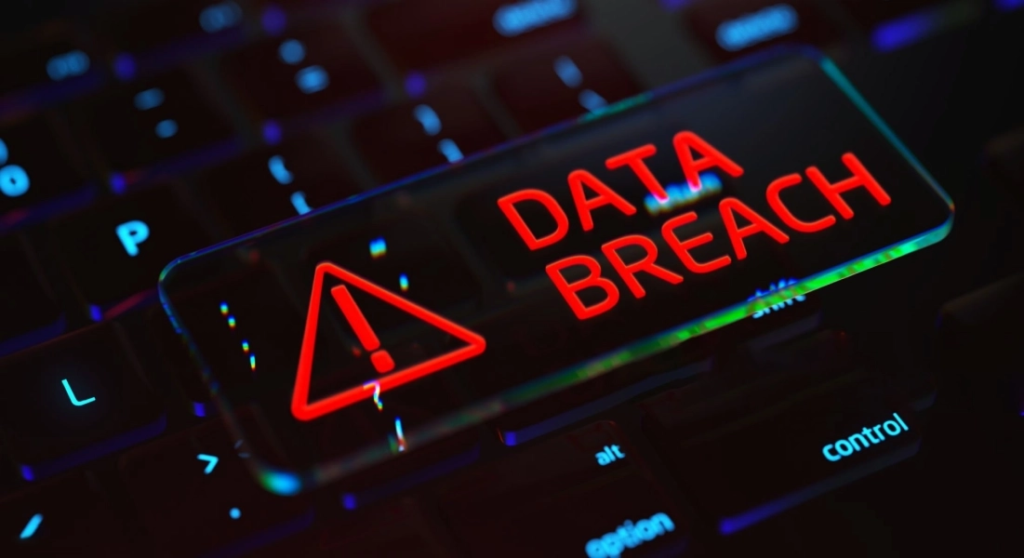Cisco Data Breach - 4.45GB Leak Authenticity Confirmed

Hoplon InfoSec
31 Dec, 2024
Cisco Data Leak, Cisco has confirmed the authenticity of a 4.45GB data leak posted online by the hacker known as IntelBroker. The leak, shared on December 25, 2024, through BreachForums, is part of a larger dataset that IntelBroker claims exfiltrated from Cisco’s publicly accessible DevHub platform in October 2024. Despite the breach, Cisco has reiterated that its internal systems and enterprise environments remain uncompromised. This incident, however, underscores critical vulnerabilities that organizations must address to safeguard their digital infrastructure.
Timeline and Nature of the Cisco Data Leak
The initial signs of trouble surfaced in mid-December 2024 when IntelBroker released 2.9GB of files from Cisco’s DevHub platform. The latest leak expanded upon this, containing additional sensitive materials such as Java binaries, source code, cloud server disk images, cryptographic signatures, and internal project archives. According to reports, these files were exposed due to a misconfiguration in the DevHub platform that inadvertently made specific files publicly accessible.
Cisco responded swiftly, temporarily disabling the DevHub platform to investigate the issue and rectify the configuration error. While the platform’s functionality has since been restored, the incident highlights a troubling oversight in securing publicly accessible systems.
Investigating the Breach

Cisco’s investigation revealed that the leaked files were consistent with those identified during an initial analysis conducted in October. The company has clarified that the exposed data originated exclusively from publicly accessible pages on the DevHub platform. The breach did not include sensitive customer information such as personally identifiable (PII) or financial data.
Some exposed files pertain to a limited group of Cisco CX Professional Services customers. Cisco has notified these clients and provided them with copies of the relevant files for their review. The company’s transparency in addressing the breach has been praised, but the incident raises broader questions about the role of misconfigurations in facilitating cyberattacks.
The Role of Misconfigurations in Cybersecurity
Cloud misconfigurations have become a growing concern in the cybersecurity landscape. They often provide threat actors with easy access to sensitive data without the need for sophisticated attack techniques. In this case, IntelBroker exploited a misconfiguration to access the data. This breach is a stark reminder of the critical need for organizations to prioritize configuration management and regularly audit their systems for vulnerabilities.
IntelBroker, the hacker responsible for this breach, is well-known in the cybercriminal community. The individual has previously claimed possession of 4.5TB of Cisco data and appears to be leveraging these leaks to bolster their reputation. This incident underscores the evolving strategies of threat actors, who increasingly exploit vulnerabilities in cloud and automation processes to achieve their goals.
Cisco’s Response and Security Enhancements
Cisco has implemented a series of security measures to prevent similar occurrences in the future. These include:
Stricter Controls Over Automation Processes: Cisco has enhanced its oversight of automation tools to minimize misconfiguration risks.
Improved Monitoring Systems: The company has deployed advanced monitoring mechanisms to identify and mitigate vulnerabilities in public-facing platforms.
Expanded Quality Assurance Testing: Cisco has increased the scope and frequency of quality assurance testing to detect potential issues before they can be exploited.
Additionally, Cisco has engaged third-party forensic experts and law enforcement agencies to analyze the breach comprehensively. These collaborative efforts aim to strengthen the company’s overall security posture and ensure accountability.
Lessons Learned for Organizations
The Cisco data leak offers valuable lessons for organizations seeking to bolster their cybersecurity defenses. Key takeaways include:
Prioritize Security in Public-Facing Platforms: Publicly accessible systems like DevHub require robust security measures, including regular audits and access controls.
Address Cloud Misconfigurations: Misconfigurations are a leading cause of data breaches. Organizations must implement automated tools to detect and resolve these issues promptly.
Enhance Transparency and Communication: Cisco’s transparent handling of the breach, including notifying affected customers, has set a benchmark for incident response.
Invest in Employee Training: Cybersecurity training for employees can reduce human errors that lead to misconfigurations and other vulnerabilities.
Collaborate with Experts: Engaging third-party experts and law enforcement can provide valuable insights and support during incident investigations.
The Broader Implications for Cybersecurity

This incident has significant implications for the broader cybersecurity landscape. It highlights the need for organizations to move beyond traditional security measures and adopt a proactive approach to threat management. Regular vulnerability assessments, penetration testing, and adopting a zero-trust security model are essential in mitigating risks.
Furthermore, hackers like IntelBroker’s role in the cybercriminal ecosystem underscores the importance of international cooperation in combating cybercrime. Governments, law enforcement agencies, and private organizations must work together to address the growing threat of malicious actors.
Conclusion
The Cisco data leak serves as a sobering reminder of the risks associated with misconfigured systems and threat actors’ evolving strategies. While Cisco’s swift response and enhanced security measures demonstrate its commitment to safeguarding its digital infrastructure, the incident underscores the critical need for continuous vigilance in cybersecurity.
Organizations must take proactive steps to secure their systems, prioritize transparency in incident response, and invest in advanced security measures to protect against future threats. As the cybersecurity landscape evolves, lessons from incidents like this will be invaluable in shaping more robust defenses and fostering a safer digital environment.
For more:
Share this :